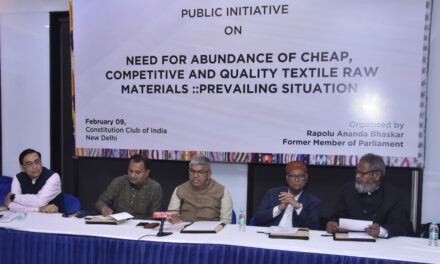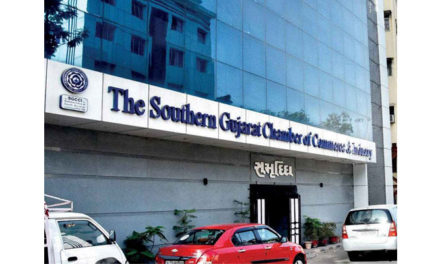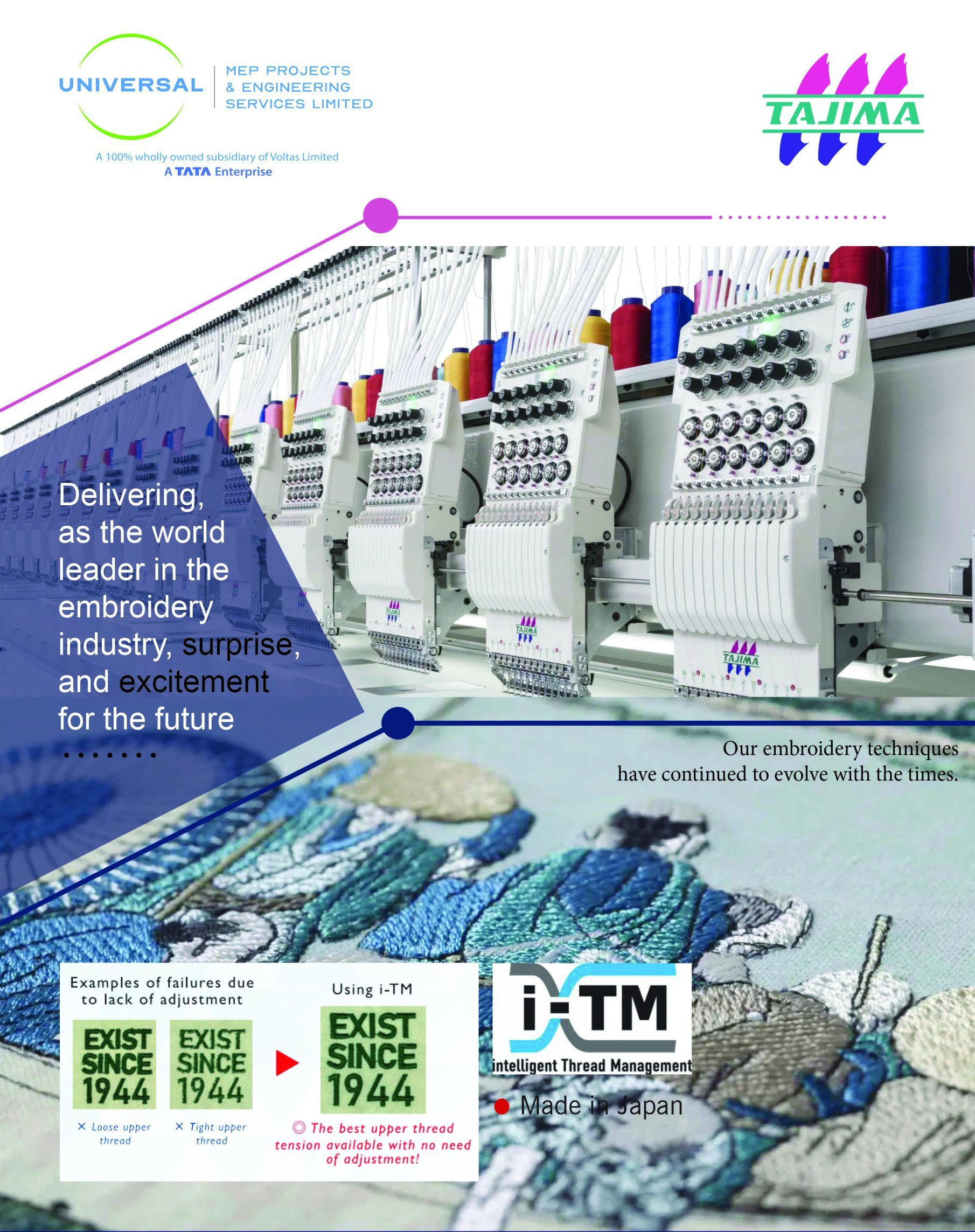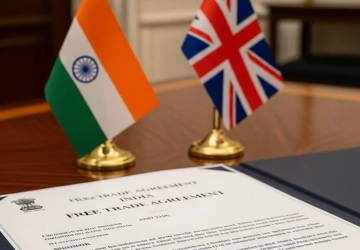 The Indian apparel and textile industry is facing a potential crisis with the latest tariff rates announced by the U.S. government, which industry leaders warn could lead to over 2 million job losses and a significant downturn for the sector. The new US tariff rate for India has been set at 25%, placing it at a significant disadvantage against major competitors like Bangladesh and Vietnam, which have been placed in lower tariff brackets of 20%.
The Indian apparel and textile industry is facing a potential crisis with the latest tariff rates announced by the U.S. government, which industry leaders warn could lead to over 2 million job losses and a significant downturn for the sector. The new US tariff rate for India has been set at 25%, placing it at a significant disadvantage against major competitors like Bangladesh and Vietnam, which have been placed in lower tariff brackets of 20%.
Indonesia and Cambodia have an even lower rate of 19%. The Indian apparel industry was comfortably placed with the originally announced reciprocal tariff structure as it enjoyed tariff advantage vis-à-vis major competitor countries. The liberation day tariff announced originally by the Trump administration against India was 26% whereas it was 37% against Bangladesh, 46% against Vietnam, 44% against Sri Lanka and 145% against China.
The US is the top destination for garment exports from India occupying 33-34% of share, having exports worth $5.333 billion in 2024-25. India commands 6.1% share in their global import of apparel worth US$85.8 billion.
The Confederation of Indian Textile Industry (CITI) expressed serious concern, stating that the new tariff structure compounds an already challenging situation. CITI Chairman Rakesh Mehra said, “The latest U.S. tariff announcement, following which the tariff rates have been substantially reduced for many countries, including Bangladesh, against whom we compete for a larger share of the U.S. market, will compound the difficulties for India’s textile and apparel exporters as we will be handicapped by a severe duty disadvantage.”
The industry’s concerns are echoed by the Apparel Export Promotion Council (AEPC). Mithileshwar Thakur, AEPC’s Secretary General, noted that the new tariff “changes everything.”
“Countries like Bangladesh, Vietnam, Sri Lanka, and Pakistan – all of which compete with us in the textile and apparel exports market — are now placed in lower tariff brackets,” Thakur said. He also pointed out the uncertainty created by an “unspecified penalty over and above 25% tariff,” which makes it difficult for businesses to calculate costs. “Without knowing the quantum of the penalty, businesses could not do the costing,” he added.
Thakur warned that if the current tariff rates persist, the apparel manufacturing sector alone could face major losses resulting in a massive wave of unemployment. ” The US market is very price sensitive because it is primarily a core product- driven market. If these reciprocal tariff rates persist, the apparel sector in the country could face major job losses.”
In the face of these challenges, the industry is urging the government to come to the aid of the sector. The industry believes that facilitating the availability of raw materials at internationally competitive prices would be a valuable support measure, enabling Indian industry players to better compete with their global peers.
Both CITI and the AEPC remain hopeful that the situation will be addressed, potentially through a proposed bilateral trade agreement with the US.
















